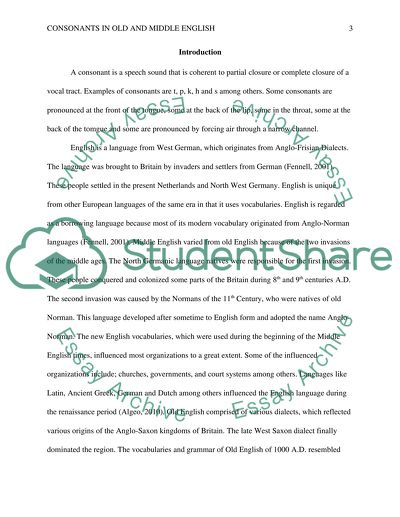Cite this document
(“Consonants in old and middle english Research Paper”, n.d.)
Retrieved from https://studentshare.org/humanitarian/1638111-consonants-in-old-and-middle-english
Retrieved from https://studentshare.org/humanitarian/1638111-consonants-in-old-and-middle-english
(Consonants in Old and Middle English Research Paper)
https://studentshare.org/humanitarian/1638111-consonants-in-old-and-middle-english.
https://studentshare.org/humanitarian/1638111-consonants-in-old-and-middle-english.
“Consonants in Old and Middle English Research Paper”, n.d. https://studentshare.org/humanitarian/1638111-consonants-in-old-and-middle-english.


